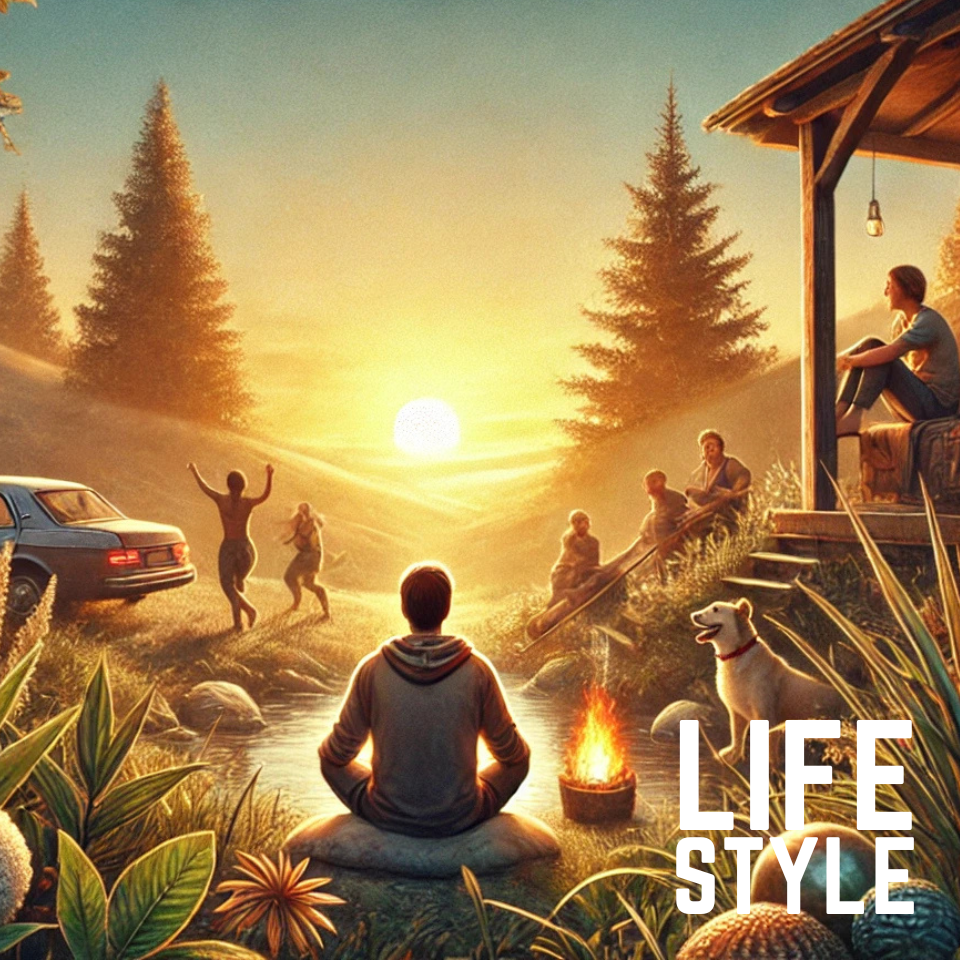During the recent Memorial Day long weekend, a simple question came to mind: What do we do when we have a free day? I’m not talking about the short breaks between tasks, or our regular nightly rest, or even vacations planned months in advance. I mean that unexpected day—free from routine. A blank space.
I asked some people, “What would you do today if you had no obligations?” The answers were few, vague, or absent. And this, in a country like the United States, a place full of cultural diversity, constant innovation, and a nearly limitless offering of places, events, activities, and human expression. It left me with a strange sadness: Have we lost the ability to live our own time?
We live to work, produce, and entertain ourselves… is that it?
The U.S. is a country deeply shaped by productivity and consumerism. Its work culture demands long hours, and most people dedicate their energy between work and domestic responsibilities. Amid that pace, free time appears as an unexpected interruption that, instead of opening new possibilities, can create anxiety, paralysis, or emptiness.
Here an interesting technical explanation appears: the Lili Syndrome (L.S.), a set of symptoms that reflects the difficulty of managing freedom, lack of creativity, and a reliance on external structure. People who experience this syndrome often feel fear when faced with open-ended tasks, have low self-esteem, repressed imagination, and a constant need for external validation. In the context of leisure, this translates into an inability to decide what to do without a clear guideline.
The consequence: free time becomes meaningless. Instead of exploration, we scroll endlessly. Instead of real rest, we engage in passive consumption. And instead of starring in our own story, we watch others live theirs.
Leisure as a right, not a burden
Various sources agree: leisure is not a waste of time. It is a vital, necessary, and deeply human experience. It has the power to:
- Restore physical and mental energy
- Foster creativity and inner freedom
- Strengthen emotional well-being
- Improve social and relational skills
- Encourage self-determination and mental health
But for leisure to have this impact, it must be lived intentionally and consciously, not as a filler or an escape. That means learning how to use it.
Learning to enjoy leisure: an invisible need
Leisure also requires education. And many adults—especially in urban, hyperproductive contexts—never learned how to use free time meaningfully. This often leads us to fill the void with superficial entertainment, or worse, self-destructive habits.
Lili Syndrome reminds us that freedom can feel overwhelming if we haven’t developed inner resources like creativity, initiative, confidence, or autonomy. So, how do we break that cycle?
Seven simple ways to reconnect with your free time
- Make a list of activities you enjoy (even if they seem simple).
- Explore a new place nearby: nature, a local market, a library.
- Take 15 minutes a day for a real pause, without screens.
- Revive a dormant passion: painting, writing, playing an instrument.
- Set a small personal challenge for your next free day.
- Invite someone to share a simple experience: cooking, walking, talking.
- Change your internal narrative: it’s not wasting time—it’s reclaiming it.
Be the protagonist of your own story
We love to watch series, follow others on social media, get emotional with someone else’s story. But what about our own? When was the last time you wrote an unforgettable chapter in your life?
Free time is not a luxury or a threat. It’s a space full of possibility. And maybe the best investment we can make isn’t financial, but found in a spontaneous walk, an unhurried conversation, or an afternoon of quiet with ourselves.
Life is finite. And so are the chances to be the protagonist.
This week, if you get a free moment, don’t let it slip away. Make it count.
“Read more on the psychological roots of Lili Syndrome in creative contexts here: sindrome-de-lili”
Link Suggestion:
- “You may also enjoy The Art of Pausing: Science, Strategy and Conscious Creativity“
Audio English version
Audio Español





